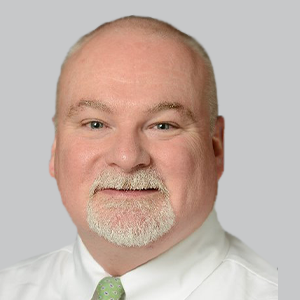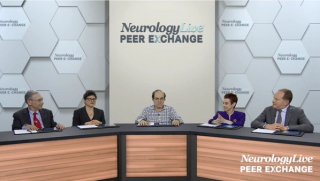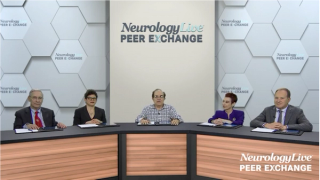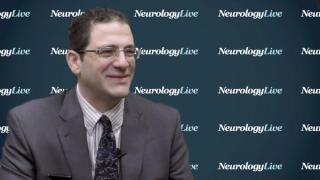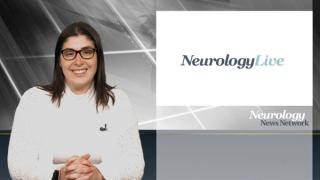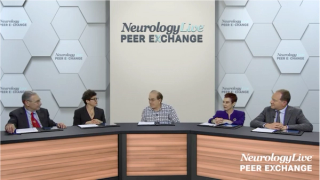
Headache and Migraine
Latest News
Latest Videos

CME Content
More News

The device will now be available with prescription through Azova’s Collaborative Clinical Care Platform for those with migraine.

The director of MedStar Georgetown Headache Center and associate professor of neurology at MedStar Georgetown University Hospital spoke to the specific datasets she is anticipating at the AHS 2020 meeting.
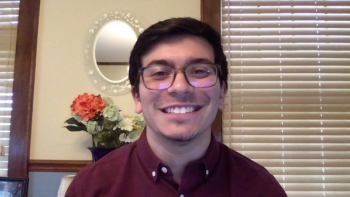
Neurology News Network for the week ending June 13, 2020.

Take 5 minutes to catch up on NeurologyLive's highlights from the week ending June 12, 2020.
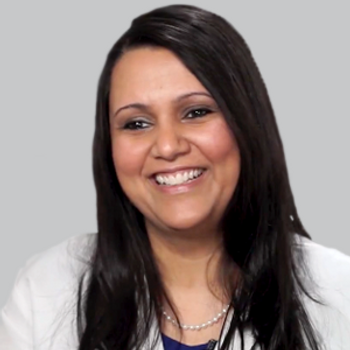
Ahead of sessions kicking off on June 13, Jessica Ailani, MD, FAHS, offers a look into what data, plenary talks, and developments are set to be presented at the upcoming AHS 2020 annual meeting.

The AHS fellow, director of MedStar Georgetown Headache Center, and associate professor of neurology at MedStar Georgetown University Hospital spoke to the rapid expansion of headache medicine and what new research will be discussed at AHS 2020.

The study confirmed previous study findings that indicated potential severe conditions such as stroke or inflammatory diseases can appear in later stages of COVID-19, including during recovery.

The AHS fellow, director of MedStar Georgetown Headache Center, and associate professor of neurology at MedStar Georgetown University Hospital discussed what topics the plenary talks will cover at AHS 2020.

The AHS fellow, director of MedStar Georgetown Headache Center, and associate professor of neurology at MedStar Georgetown University Hospital spoke to what to expect from this year’s annual scientific meeting.

Approximately one-fourth of the excess cases of maternal stroke associated with migraine were attributable to hypertensive disorders.

The first study to attempt to directly compare 3 debated treatment strategies to treat medication overuse headache showed the most significant change in monthly headache days by using withdrawal plus preventive treatment.
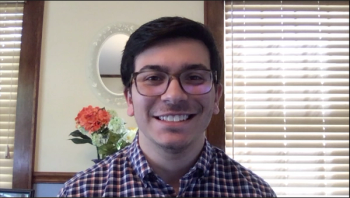
Neurology News Network for the week ending June 6, 2020.

Take 5 minutes to catch up on NeurologyLive's highlights from the week ending June 5, 2020.

Non-work-related activity impairment was statistically significantly reduced in the galcanezumab group compared to placebo.

Raising glucose levels may prove to be a simple and novel technique for the prevention and treatment of post-dural puncture headache.

The study authors noted that the findings suggest that integrating a cost-effective and safe intervention such as yoga into the management of migraine would be beneficial.

Take 5 minutes to catch up on NeurologyLive's highlights from the week ending May 29, 2020.

Take 5 minutes to catch up on NeurologyLive's highlights from the week ending May 22, 2020.

The study author, director of MedStar Georgetown Headache Center, and associate professor of neurology at MedStar Georgetown University Hospital discussed the findings of a pooled analysis of the ACHIEVE I and II studies of ubrogepant.
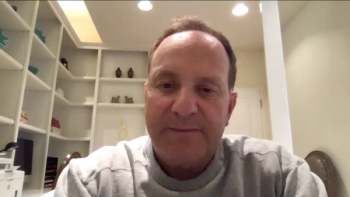
The director of the Headache Center of Southern California discussed the findings of the study, as well as what these data might suggest about how onabotulinumtoxinA fits into the shifting landscape of chronic migraine care.

Take 5 minutes to catch up on NeurologyLive's highlights from the week ending May 15, 2020.
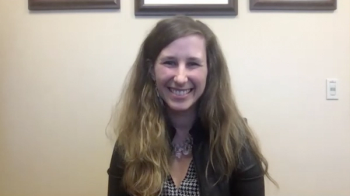
The neurologist at the Barrow Neurological Institute spoke to the impact that social media and telemedicine have had on the medical community’s ability to stay connected and continue to provide care and support.
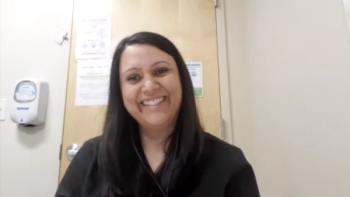
The director of MedStar Georgetown Headache Center and associate professor of neurology at MedStar Georgetown University Hospital discussed the findings of an analysis from the ACHIEVE studies of ubrogepant.

The neurologist at the Barrow Neurological Institute discussed how to best address telemedicine appointments and exams for patients who may be at risk for a fall or some other safety concern.

Women with migraine with cold extremities had higher attack frequencies, which data suggest stems partly from sleep disturbances.
